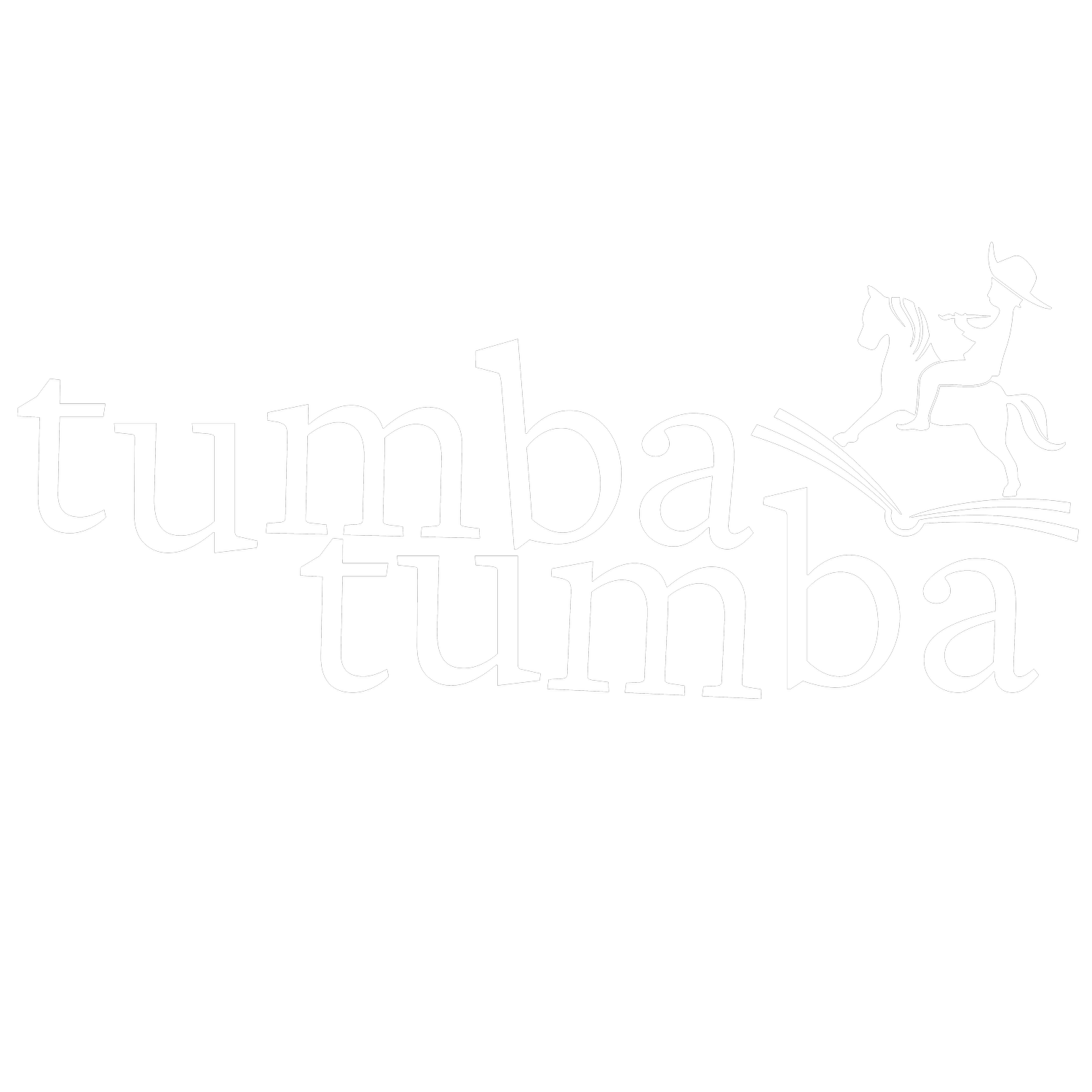Mark Justiniani / "Hainan" / chalk on chalkboard
TAGALUGIN MO NA LANG KASI!
For linguists, Tagalog is one of the most fascinatingly complex languages, primarily because of the way verbs conjugate. In many languages, verbs conjugate mainly by tense (past, present, future) and by voice (passive, active). For Tagalog speakers, that’s just the tip of the iceberg, as the language has multiple triggers.
Indicative: Kumain ako ng tinapay. / I ate bread
Passive: Kinain ako ng tinapay. / The bread ate me.
Benefaction: Ikinain ko siya ng tinapay. / I ate the bread for him.
Locational: Kinainan ko ito ng tinapay. / I ate bread on this.
Instrumental: Ipinangkain ko ang tinapay. / I used the bread to eat.
Reciprocal: Nagkainan kami ng tinapay. / The bread and I ate each other.
Potential: Nakakain ako ng tinapay. / I was able to eat bread.
Social: Nakikain ako ng tinapay. / I ate bread with others.
Causative: Nagpakain ako ng tinapay. / I let them eat bread.
Imperative: Kainin mo ang tinapay. / You, eat the bread!
Plurality: Nagsikain kami ng tinapay. / We all ate bread.
Others:
Kinainan ko ang tinapay. / I ate part of the bread.
Nakain ko ang tinapay. / I inadvertently ate the bread.
Ipinakain ako sa tinapay. / They let the bread eat me.
Pinagkainan ko ang tinapay. / I ate on the bread.
Napakain ako ng tinapay. / I ended up eating bread.
On top of this, there are no rules about which prefix to use: ma, mag, or um. What psychotic society invented this verb system anyway?
